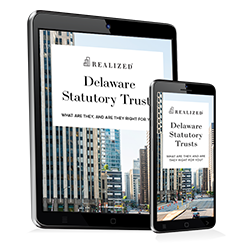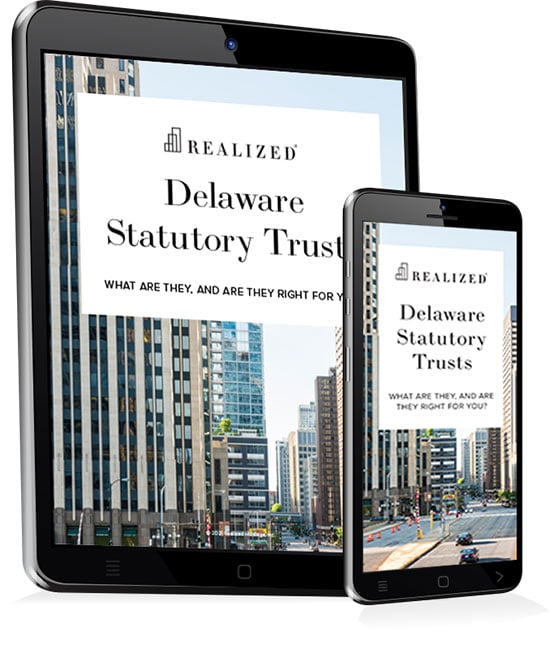
If you are selling an investment property and seeking a replacement to meet the 1031 exchange parameters for tax purposes, you know that you have some tight deadlines and stringent requirements to meet. Once you sell the property, you have 45 days to identify the replacement property (or properties) and then 135 more to complete the deal. This strict time limit adds pressure to your search for appropriate and desirable properties.
Suppose that you prefer to replace the relinquished property with another directly owned asset. Remember, the essential elements of choosing the new property include the following:
- You need to identify and acquire like-kind property. Generally speaking, the IRS has allowed almost any kind of investment property to meet the definition of like-kind. The taxpayer can sell a retail property asset and purchase a rental home or multi-family housing, for example.
- The same taxpayer must hold the relinquished and the replacement asset and hold both for investment or business purposes.
- The market value of the property or properties used for replacement must be equal to or greater than the value of the property sold, and the debt attached must also be equal or higher.
- The IRS has established rules limiting the number of properties that you can formally identify relative to the number or value of those you ultimately buy, which can make composing the identification portfolio tricky.
At times when property is in high demand, financing is arduous, or both circumstances coincide, this environment further complicates the identification process. You may want to consider using a DST investment as a back-up plan or insurance policy for your 1031 exchange. Here’s the scenario:
Suppose you have sold your $5 million retail property, starting the clock on the exchange process. Your goal is to identify one or more replacement properties, but for various reasons, you approach the 45-day deadline with tenuous replacement plans. You can add an investment in a Delaware Statutory Trust, or DST, to the options identified with the qualified intermediary. Because the IRS has ruled that DST interests are equivalent to direct property ownership for tax purposes, these investments qualify for a 1031 exchange. You can use a DST investment as replacement property and complete the 1031 exchange, deferring the tax on your capital gain from the sale of the first property.
It is essential to keep in mind that DSTs are not liquid investments. Investors should assume that the length of the commitment is the holding period of the trust. When the trust sells the underlying properties, the taxpayer (investor) can use the distribution proceeds to fund a subsequent 1031 exchange, subject to meeting the remaining IRS criteria. However, there is an emerging secondary market in DSTs. This secondary market may be available for investors who wish to liquidate before the end of the holding period, whether to purchase direct property assets or for some other reason. DST investors should not rely on the availability of this option as an exit strategy. Still, it can also be a potential benefit to accredited investors who would like to have data on how properties in a DST have performed before they invest.



